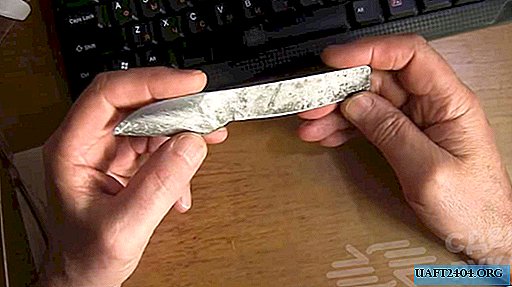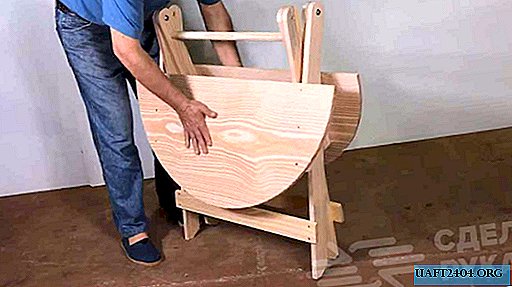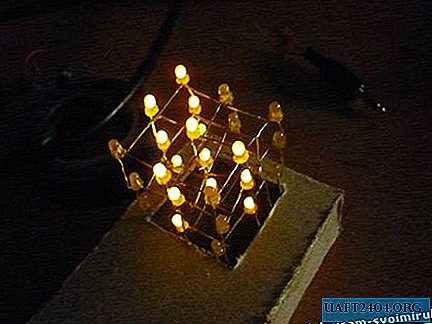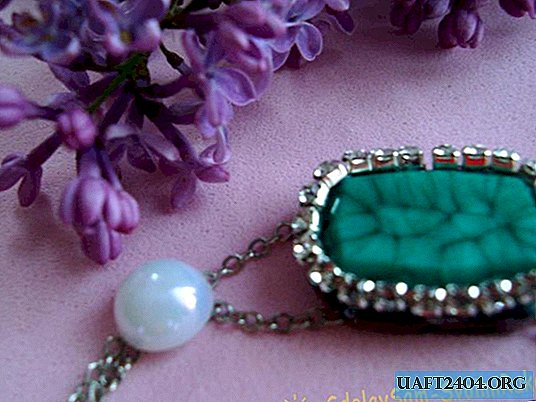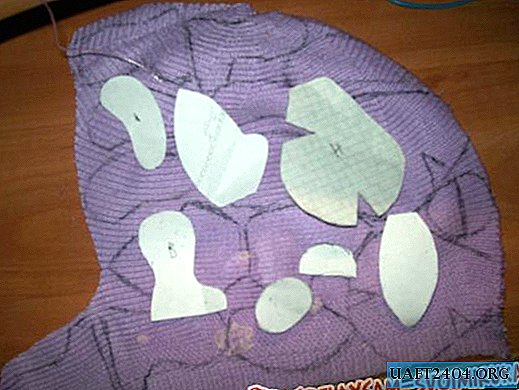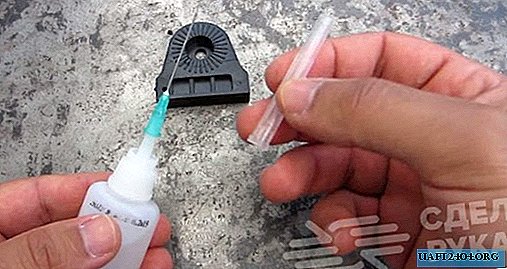So let's get started :)
In order to start taking on this topic, we need:

- glue "Super Moment" or any other second.
- Light-emitting diode
- light bulb housing
- resistor *
* The resistance of the resistor to different LEDs needs different things, so far I have met LEDs at 3.5 and 1.5 volts or with an integrated resistor at 12 V.
Here is the necessary resistance:
1.5 V - 1.5-1.8 kOhm
3.5 V - 1.1-1.2 kOhm
----------------------
So let's get started:
1) We solder a resistor to one leg of the LED, and try to solder it as close to the LED as possible so that the design is as short as possible otherwise it may not fit in the bulb housing. Next, solder 3-4 “hairs” of a thin copper wire 2 cm long to the second leg and isolate the resistor with a thermo tube.


2) Pull the resulting design into the bulb housing, insert the resistor into the "navel", stick out the wires soldered to the other leg of the LED, and glue it all to the bulb housing. After the glue dries, solder it.

3) Result:

In general, of course, everything here is clear from the pictures, but still ... here the most difficult part is to glue everything correctly, the simplest and most effective way is to pour a little glue into the bulb housing and the lower part of the LED, it will hold on tightly.
Source: vaz2101.spb.ru




